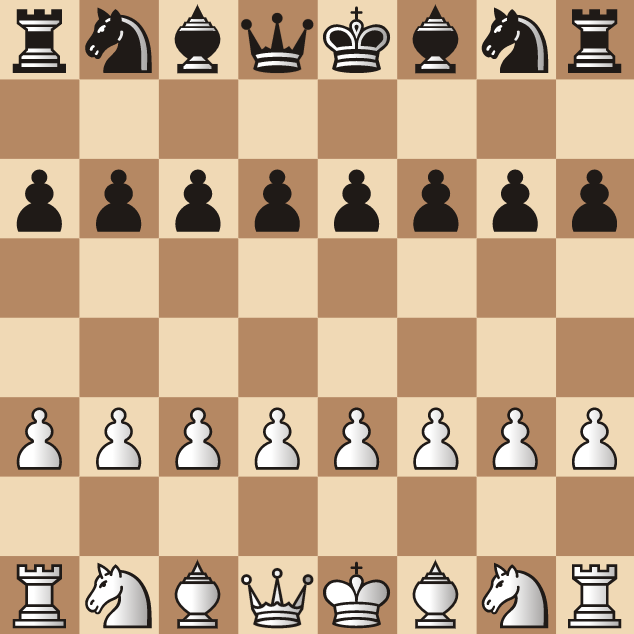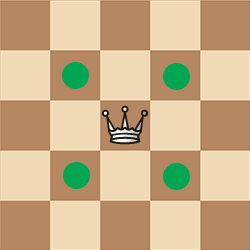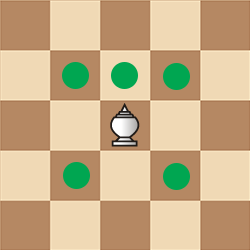 ASEAN Chess
ASEAN Chess

ASEAN Chess is a Southeast Asian variant developed by the ASEAN-Chess Council in Bangkok on March 14, 2011 (ASEAN is the Association of Southeast Asian Nations, a regional economic union). The game is a variant of Makruk (Thai Chess) and essentially adopts the imagery as well as some rules to the standards of Western Chess and FIDE. As the game is closely related to International Chess, this guide will assume knowledge of the pieces of that game and will describe the pieces that are changed.
Rules
The general rules are extremely similar to Chess, so this guide will focus on the few differences. The objective is the same: checkmating your opponent's king. The major difference is some pieces having different moves and the starting positions of the pawns: the pawns start on the third rank. Unlike Makruk, the Kings start on the same file, just like in International Chess.
Different Pieces
Two pieces are different from their Western Chess counterparts.
Queen

The Queen can only move one space diagonally. This is much weaker than in International Chess. On a historical note, this was the original form of the Queen (Fers/Ferz).
Bishop

The Bishop moves one square diagonally or one square forward, just like the silver general in shogi.
The bishop is a powerful piece for controlling squares immediately in front of it, and for shouldering off enemy forces. It is also a good defender around its King.
The bishop is worth more than the queen, but generally not as much as a knight. The justification may be that isolated knights have little trouble escaping from an enemy king, while isolated bishops can fall.
Bishops can sometimes prove slow/awkward to maneuver or retreat. It is therefore advisable to have some friendly pieces nearby to support and rescue them. In the endgame, it's usually safer to get a lone king behind the enemy bishop, compared to staying in its front.
Other Rules
Promotion - Pawns promote to a piece of their choice (Rook, Knight, Bishop, Queen) upon reaching the 8th rank. These rules follow International Chess rules, rather than Makruk rules.
Stalemate - Draw, as in International Chess
Dead Position - When checkmate is not possible with the remaining pieces, the game is a draw.
Repetition - The game may be drawn if the same position has occurred at least three times.
50 Move Rule - The game may be drawn if each player has made at least 50 consecutive moves without the movement of any pawn and without any capture.
Counting Rule - As soon as a player has only a king left on his side, the number of pieces belonging to the opponent shall be observed. If the opponent has no pawns, the game is drawn when the player having only a king (lone king) manages to escape in a number of fixed moves against an opponent having particular pieces shown below:
- If the opponent has at least one rook: 16 moves
- If the opponent has at least one bishop: 44 moves
- If the opponent has at least one knight: 64 moves